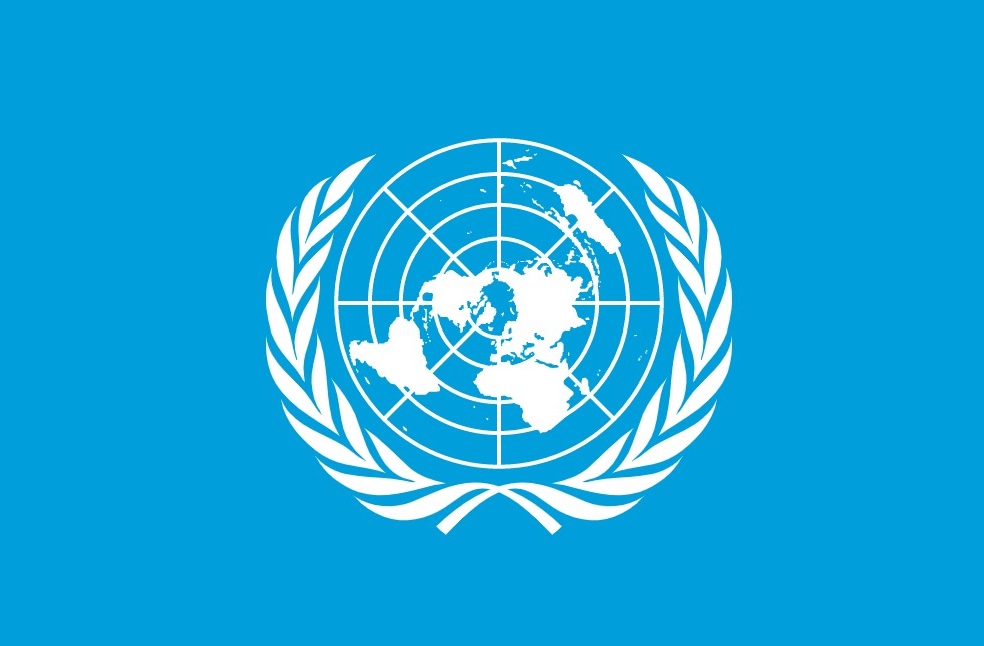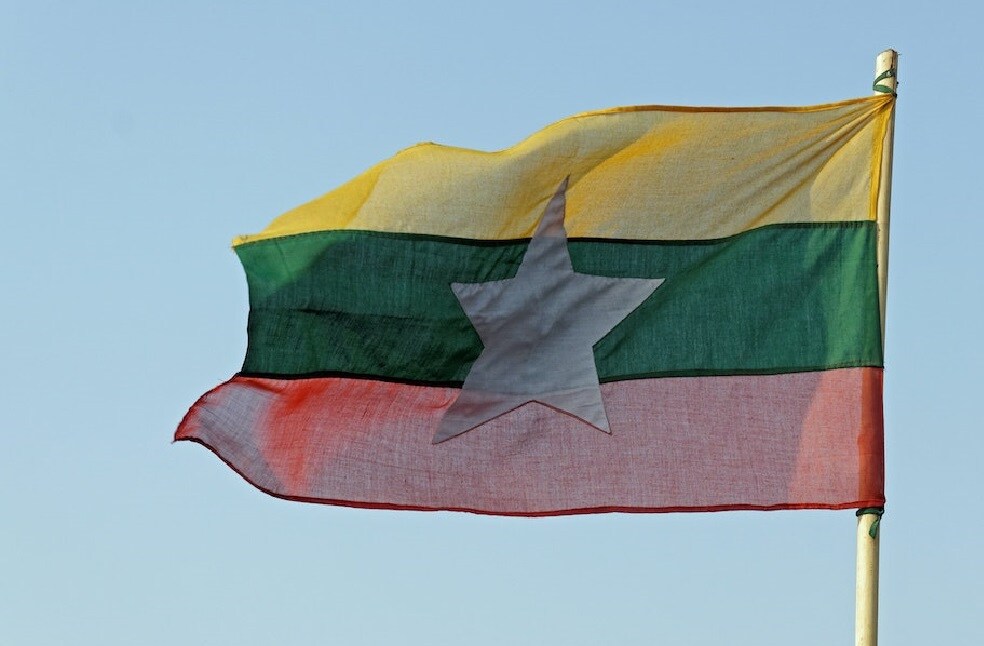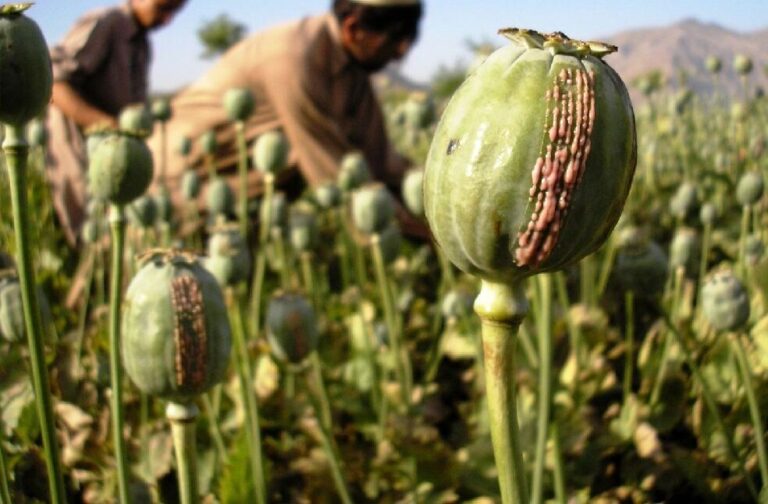Myanmar: The United Nations (UN) report shows that Myanmar has overtaken Afghanistan as the world’s biggest producer of opium.
This year, Myanmar produced an estimated 1,080 metric tonnes of opium, which is needed to make heroin, according to the most recent report released by the UNODC, the United Nations Office for Drugs and Crime.
The figures come after the UNODC reported that after the Taliban banned poppy cultivation in April of last year, opium production in Afghanistan fell by an estimated 95 percent to about 330 tonnes.

Methamphetamine and opium trafficking in particular have long been active in the “Golden Triangle” border region that connects Myanmar, Laos, and Thailand.
According to UNODC estimates, the entire value of Myanmar’s “opiate economy” increased from $1 billion to $2.4 billion, or 1.7 to 4.1 percent of the country’s 2022 GDP.
It stated that Myanmar produced an estimated 790 metric tonnes of opium last year. Many farmers have been forced to plant poppies as a result of conflict and instability that have destroyed Myanmar’s legal economy since the military took control of the nation in 2021.

The report stated that widespread inflation and limited market and infrastructure accessibility “appears to have played a significant role in farmers’ decisions in late 2022 to cultivate more poppy.”
As per the UNODC, the estimated production of opium for the years 2022–2023 was at its highest point in over two decades.
Additionally, the UNODC report stated that, poppy cultivation in Myanmar is becoming more advanced, with higher crop yields being achieved through improved irrigation and perhaps the use of fertilisers, as well as increased investment and better practices.



